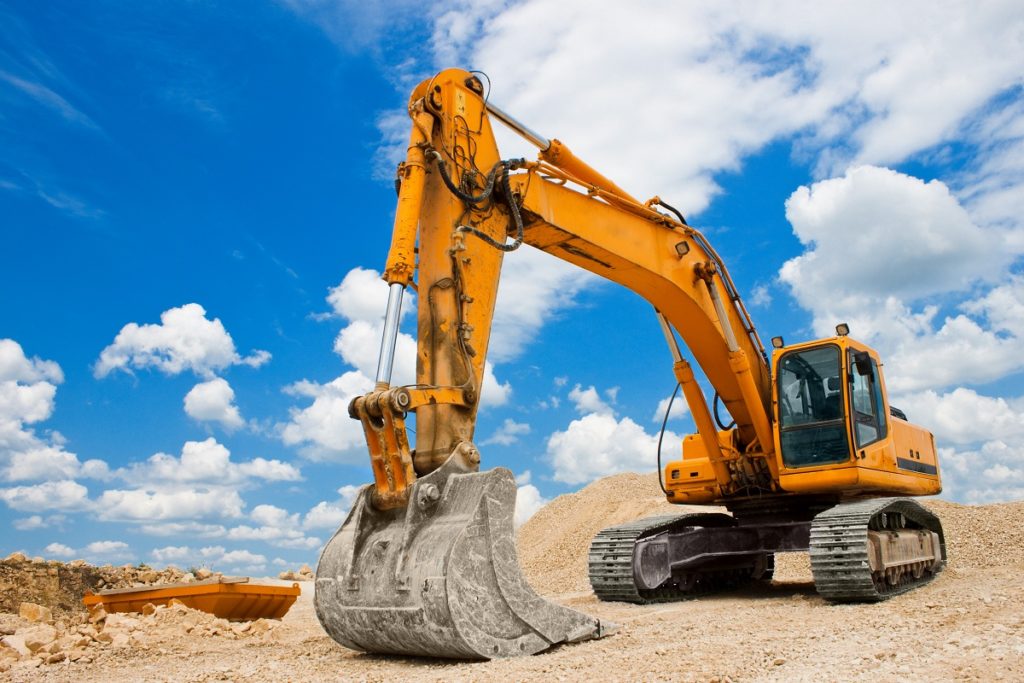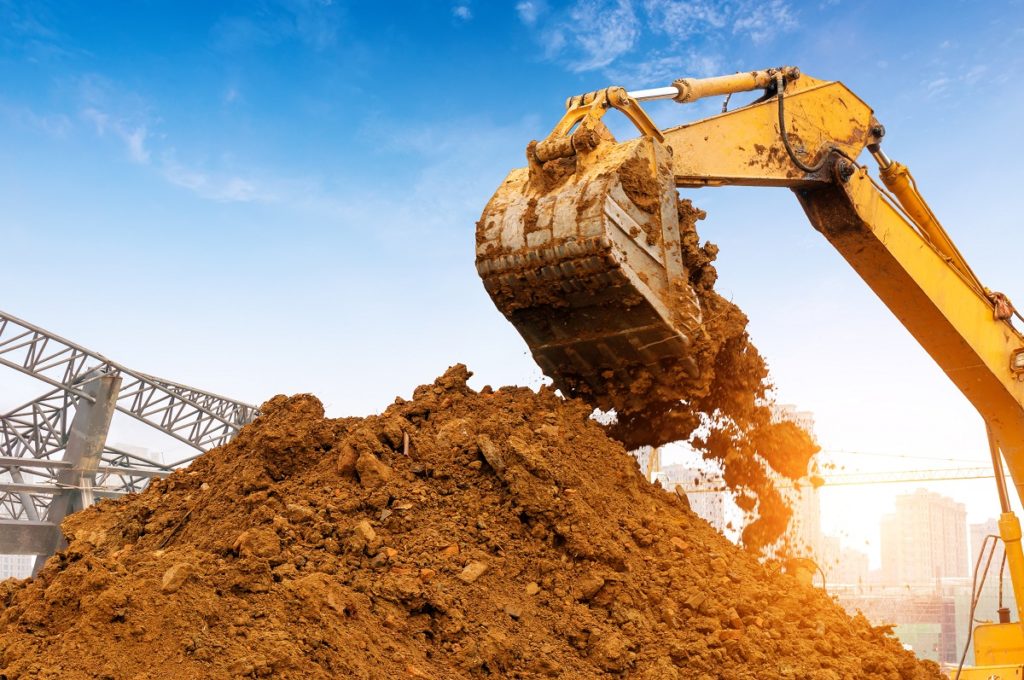
When managing construction projects, there would be a wide variety of construction equipment for you to choose from. Some construction equipment may have similarities in appearance and slight differences in terms of functionalities. If you’re looking at construction equipment, like excavators or backhoes for sale or for rent, it is important to know when the differences in functions will make one type of equipment more suitable than the other.
Summarised below are the types, features and applications of excavators and backhoes.
Excavators
An excavator is one of the larger pieces of heavy equipment used in many commercial and industrial construction sites. Larger-sized excavators can weigh up to 200,000 pounds while the smaller ones weigh around 3,500 pounds.
A feature that sets an excavator apart from other construction equipment is that it can rotate its chassis and boom a full 360-degrees. Hydraulic attachments such augers, breakers and grapplers may be attached to the excavator’s boom. This makes an excavator capable of performing a wide variety of functions including digging holes and trenches, lifting and placement of soil, river dredging, mining, landscaping and demolition.
Below are some of the most common types of excavators.
- Crawler or compact excavators: Crawler excavators use hydraulic power to lift soil and debris. They are commonly used in small streets, forests and in landscaping hilly areas.
- Suction or vacuum excavators: Suction excavators come with a suction pipe and sharp, cutting teeth to carry loose earth and debris. Before excavation, a water jet is used to loosen the ground.
- Dragline excavators: Dragline excavators are classified into two subtypes, namely, standard mobile dragline and on-site dragline excavators. Unlike standard mobile draglines, on-site dragline excavators come in parts and need to be assembled on-site because they are too heavy to transport in one piece and can damage roads.
- Long Reach excavators: Long reach excavators are designed with long arms fit for demolishing projects and reaching the top of tall structures.
Since excavators vary in size and weight, understanding an excavator’s specifications and capacity will help you determine which type is the appropriate one for your project.
Backhoes

A backhoe is a piece of earthmoving equipment that is smaller than an excavator. It is composed of two segments, the boom and the dipper, where the bucket is attached. Backhoes can also perform tasks that an excavator can, however, unlike an excavator, a backhoe can only rotate up to 200 degrees.
A number of attachments like hydraulic breakers, thumb kits and compaction wheels can also be attached to a backhoe to extend its use. Some of the functions that a backhoe can perform include excavation, landscaping, breaking asphalt, paving roads and transporting construction materials. Backhoes are ideal for light to medium-duty work and are typically used in agriculture and industrial construction sites.
While both equipment are capable of performing many different tasks you may need to consider a few factors. Think about the size of your construction site and the extent of reach or swing feature of the equipment. This will help you decide which one is the practical and cost-effective equipment for your construction project.

